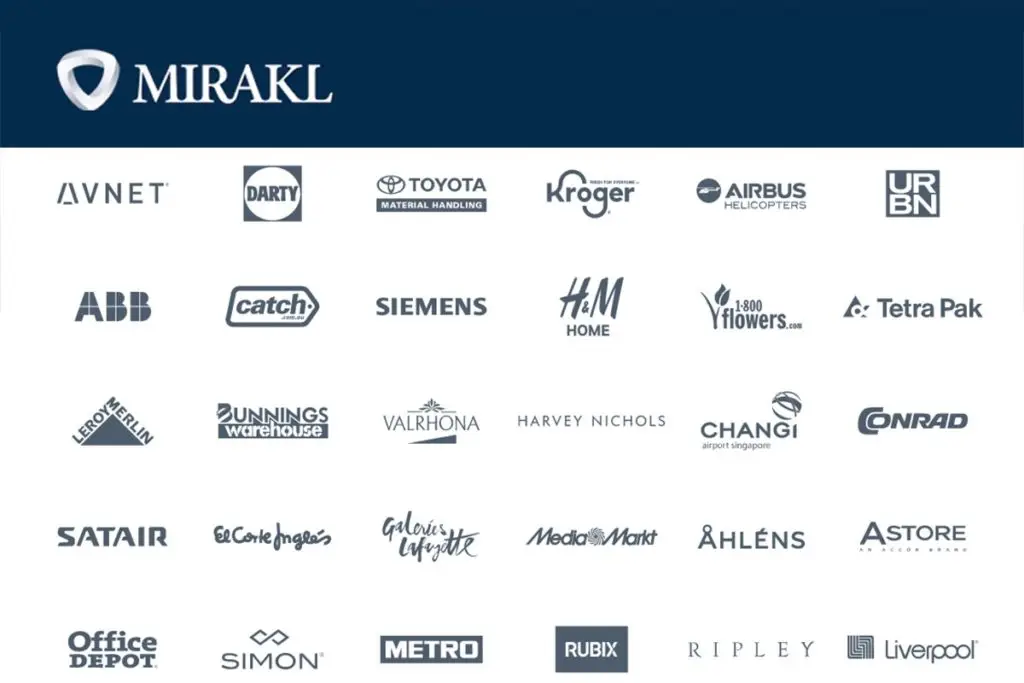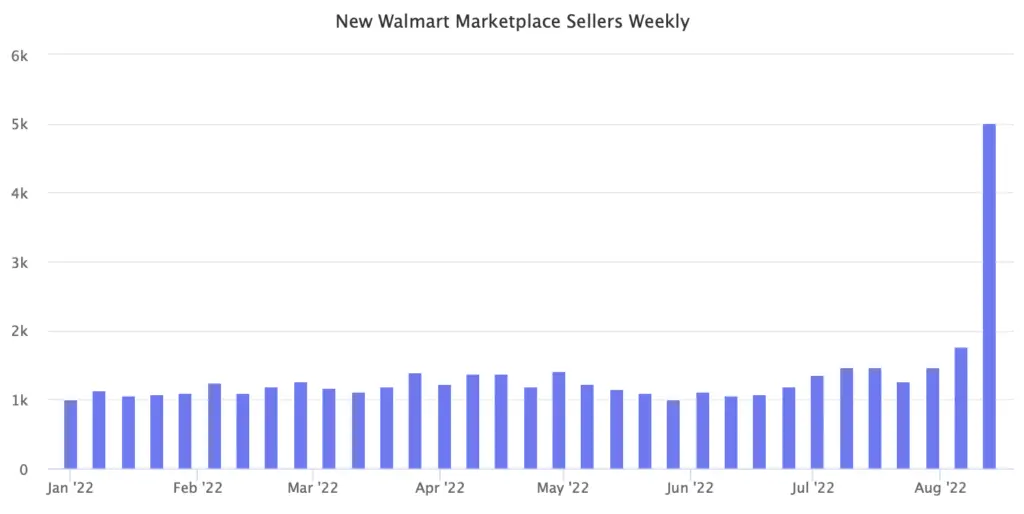According to Adobe, online marketplace sales accounted for 67% of total global eCommerce in 2021, with a total of $3.23 trillion spent in the top 100 marketplaces. US marketplace ecommerce sales will reach over $357 billion despite decelerating growth. And the emergence of marketplaces as a key growth driver in eCommerce is not just limited to the US alone.
- MercadoLibre’s annual gross profit for 2021 was $3B, a 75.82% increase from 2020.
- 80.5% of online sales in China flowed through two marketplaces last year, Taobao and TMall.
- 390 billion dollars or more than 55% of Amazon’s revenue was from products sold through Amazon’s third party.
- Walmart-owned Flipkart in India recorded 220% growth this year in onboarding new sellers on its marketplace vis-a-vis last year.
The e-commerce marketplaces boom is a global success story and its continued success will be because of the below factors:
- Retailers realising the marketplace margins: B&Q’s marketplace accounted for 8% of the DIY retailer’s online sales in August, this only after 6 months of them launching their marketplace. Another example is that of the Decathlon. Its marketplace in Belgium currently accounts for 8.5% of all sales on the Belgium website and marketplace sales at Decathlon are projected to exceed 1 billion Euros across Europe within 5 years.
Marketplace provides brands with the opportunity to diversify the channels they are selling on, in return increasing volumes, but also retailers to enable those sales and take % of the sales revenue generated.
On top of the marketplace platform, if a retailer provides added managed solutions like logistics and shipping, and retail media as Amazon does, it’s another channel for upselling revenue.
- Increasing SKU count and decreasing stock risks: Over the last 6 months, 100,000 products were added to the B&Q product range which more than tripled the DIY retailer’s online range. By increasing the product inventory, retailers aren’t just able to diversify their product range and provide more options to the consumers, but also are de-risking themselves from overstocking and other stock-related issues, as technically they are not owning the inventory.
- The emergence of technology: The launch of Kroger in the US, Darty in France, Elcorte Engles in Spain, and Best Buy in Canada, have one factor in common. That is this company you might or might not have heard of, called Mirakl.

Mirakl doesn’t just boast a very impressive pan-global clientele, but their marketplace as a solution platform has been behind the launch and success of many marketplaces in the recent past.
This, also, is one of the reasons behind the marketplace boom. Retailers now can pretty much outsource marketplace platform building, and use Mirakl, and other such technologies to heavy lift the work for them. This return means a quicker GTM, and a reliable partner to scale.
Marketplaces launches have been a success story so far, but the success does generally come at a cost.
- Stagnancy: If every eRetailer becomes a marketplace, there is a chance that market stagnancy will kick in. Retailers might face issues with competitive differentiation, and customer retention. This in return might result in cost per acquisition ( CAC) towards new customers going up and retaining customers might be a challenge. Brands will need to shell up for ad spending and this in return might disbalance profitability and margins.
- Too open vs too close: Below chart from Marketplace Pulse is significant. It showed the influx of new sellers when Walmart opened its marketplace to all in August. According to Marketplace Pulse research, nearly a thousand new sellers were joining the Walmart marketplace each day of the week.

This in return raises questions of #brandprotection and product scrutiny on Marketplaces. The influx of 3P sellers might lead to channel and sales conflict between owned channels and 3P sales.
It also opens up the challenge of parallel imports, counterfeits and damaged products for brands to tackle.
In short
Edge by Ascential in its 2022 Future of Marketplaces Report anticipates that third-party sales through online marketplaces will add $1.3 trillion in sales over the next five years. By 2027, the four largest global online marketplaces–Amazon, Alibaba, Pinduoduo and JD.com–will be responsible for $4.3 trillion in sales.
Retailers are taking into account consumer preferences and diversifying revenue channels which means great times ahead for marketplaces. Brands in return would reap the benefits by reaching out to more consumers and hitting more volumes.
But keeping a close eye on the products and investing in #brandprotection technologies like GreyScout would just help retain consumer confidence and brand margins.

